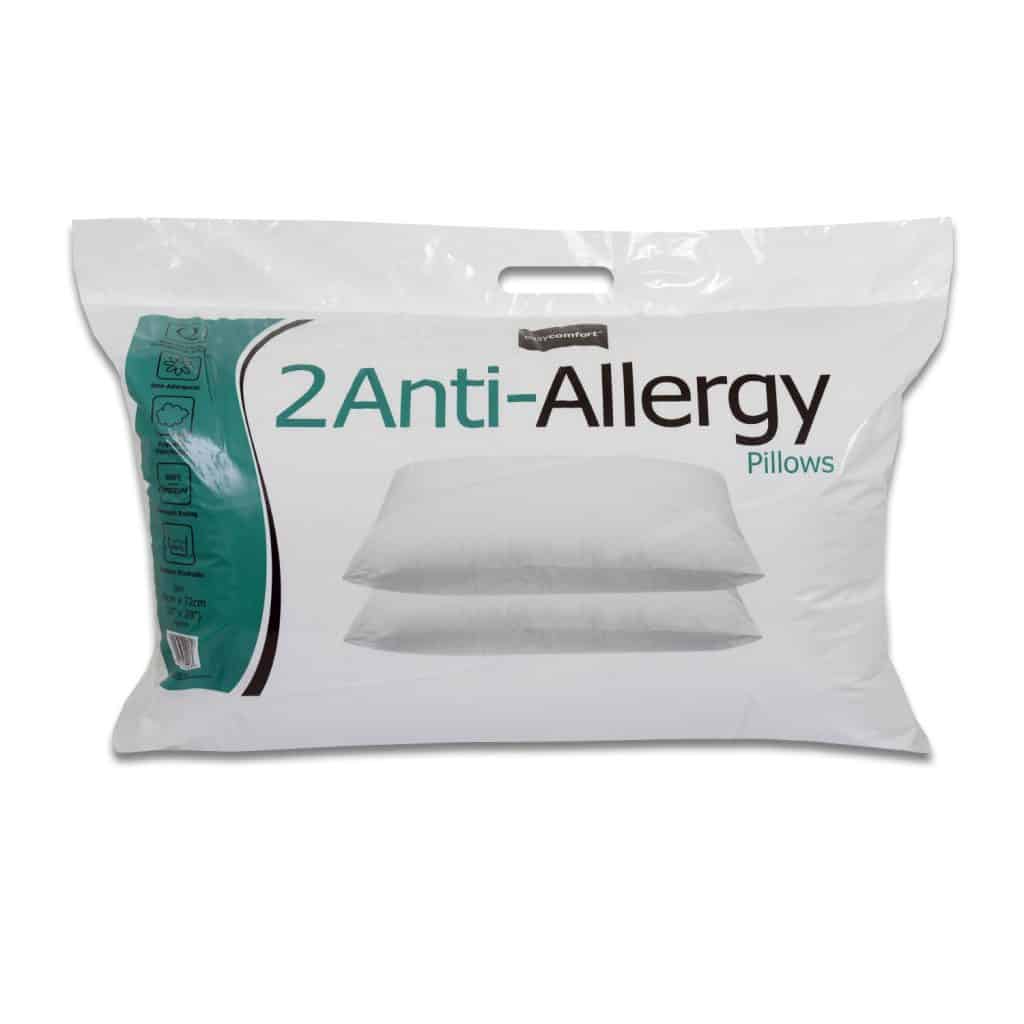Polyester Pillows
Picking the Right Hypoallergenic Pillow
Even if you’ve narrowed down your choices to hypoallergenic pillows, you still have a lot of options to sort through. Just like regular pillows, hypoallergenic pillows come in different shapes and sizes. You’ll also have to consider the price range. Lucky for you, we’ve come up with some guidelines on how to find the right hypoallergenic pillows to suit your needs. Here are some tips to consider when shopping for hypoallergenic pillows.
Firmness
How you sleep matters a lot when deciding on the correct firmness of hypoallergenic pillows. Do you sleep on your back or stomach or are you more of a side sleeper? Pillows with medium firmness, for example, are ideal for people who sleep on their backs. They can effectively retain your posture and support the head, neck and shoulders.
Softer hypoallergenic pillows, on the other hand, are recommended for those who sleep on their stomachs. The neck is usually at an awkward upper angle when lying on your stomach, so chances are high that you’ll wake up with a stiff neck. A softer hypoallergenic pillow easily absorbs the weight of your head while keeping your neck properly aligned.
Firmer hypoallergenic pillows are ideal for people who sleep on their sides. Choose a firm pillow with a gusset if you can—the extra side panel adds more structure and provides more space for the filling to move around. That way, your head, neck and shoulders are properly supported for optimum comfort.
Filling
There are lots of choices for hypoallergenic pillow filling:
· Wool is naturally hypoallergenic. Wool from sheep and alpaca are best at repelling dust mites. Wool also conforms to the shape of your head easily and helps warm you up during the cold winter months.
· Latex is also naturally dust-mite repellent. Buy latex pillows made with natural latex from rubber trees since they’re more durable. Stay away from latex pillows, however, if you have latex allergies.
· Treated polyester pillows are also hypoallergenic. They’re more affordable than other types of filling and provide good support when you sleep. Polyester pillows are also easier to wash and dry. They’re widely available on the market so you won’t have a hard time finding them.
Size
This is perhaps the easiest part. It’s standard practice to choose pillows according to the size of your bed. Standard-sized pillows are your best choice if you have a single bed. Queen-sized pillows are recommended for queen beds and king-sized pillows for king beds. However, everything still boils down to personal preference so you can pick the size of your hypoallergenic pillows as you wish.
As you can see, choosing the right kind of hypoallergenic pillow is not that daunting after all. Just follow the tips we have discussed above and invest in a good brand that provides the best support and comfort for a good night’s rest.

